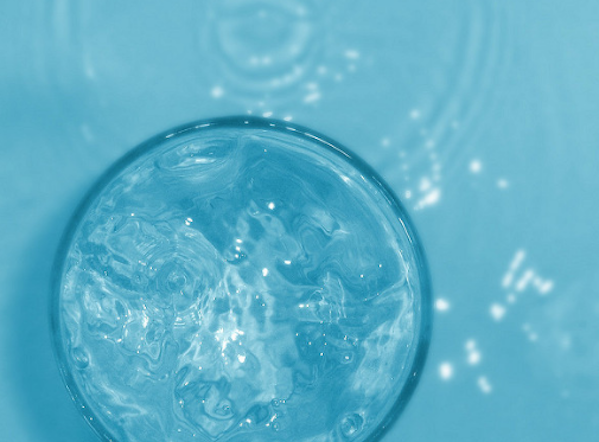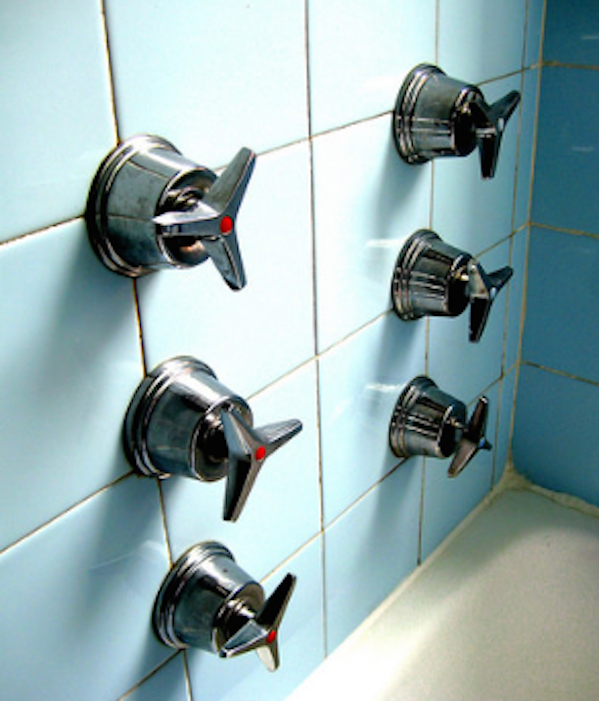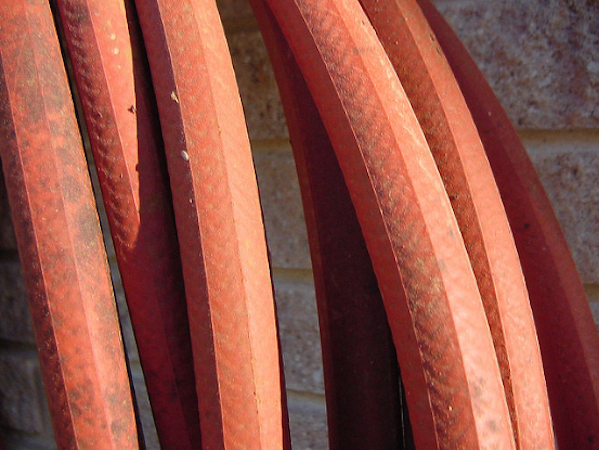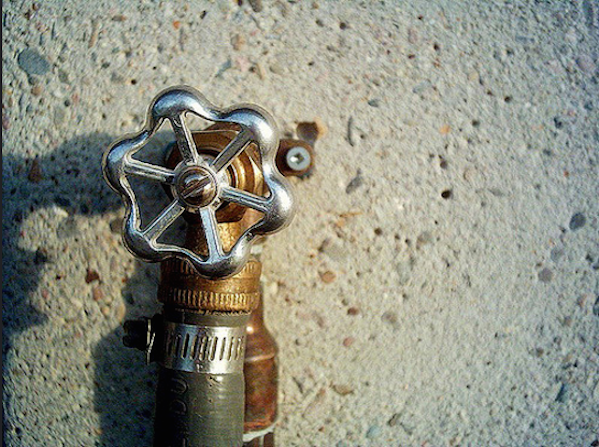PUBLISHED: 18 July 2013
Tips for conserving water
Tips for conserving water
Conserve: Holding back, for water’s sake
Did you know wasting water is also a waste of energy and resources?
When we all make an effort and minimize wasteful water habits our lakes and rivers can benefit, and so can your wallet!
The following information suggests ways to conserve water and what can be done to reduce your footprint. Conserving water starts with you, and every drop counts!

Bathroom
- Fill a gallon plastic bottle with water and place it in your toilet tank. (The part in the back!) It will take up the same space as the water usually does, but in a year, it will keep 5,000 gallons of water from going down the drain.
- Don’t let the tap run while brushing your teeth. Try rinsing the brush with short bursts of water!
- Take shorter showers. Make it a game. Keep an egg timer in the bathroom and see who can get their shower down to three minutes.
- When running a bath plug the tub before you start.
- Turn off the water while you shave and save up to 300 gallons a month.
- When washing your hands stop the water while you lather.
- Fix all dripping faucets and pipes. A dripping faucet can waste 20 gallons of water per day.
- Install water-saving shower head. In addition to the water it saves, it also saves the fuel that would have been used to heat up the extra hot water.
- Walk over to the toilet and listen to the tank. Do you hear a hissing sound? If you do, you have a leaky valve. Fix it as a leaky toilet can waste hundreds of gallons of water.
- Keep a bucket in the shower to catch water as it warms up or runs. Use this water to flush toilets or water plants.
- Don’t flush things down the toilet to dispose of them. Throw tissues and other bathroom waste in the garbage can, which doesn’t require gallons of water.

Kitchen
- Eat food that has a smaller water footprint. A simple way to do this is to add a “Meatless Mondays” or “Raw Food Fridays” to your calendar.
- Rinse dishes in the basin instead of running water over each dish and piece of cutlery.
- While waiting for tap water to get hot, catch it in a jug or bucket to use for watering plants.
- Boiling vegetables? You can reuse that water to make some nutritious soup.
- If you like to drink cold water keep a jug of water in the fridge so you don’t run your tap to get the right temperature.
- Run your garbage disposal on alternate days (which saves up to 25 gallons/week).
- Never use running water to thaw food. Defrost food in the refrigerator for water efficiency and food safety.
- If you have a dishwasher, run it only when you have a full load. (Saves 30 gallons/week).
- Scrape food scraps off dishes into the garbage or rinse them off with very short blasts of hot water. (Saves 60 gallons/week).
- Instead of running water to rinse vegetables and fruits, fill a sink or a pan to rinse. (Saves 30 gallons/week).

Outside
- Re-route the gutter so it gives the water to thirsty plants below.
- Set lawn mower blades one notch higher as longer grass reduces evaporation. Use chunks of bark, peat moss, or gravel to cover bare ground in gardens and around trees. (Saves 200 gallons or more/week).
- If you have a pool, use a cover to cut down evaporation. This will also keep your pool cleaner and reduce the need to add chemicals. (Saves 250 gallons/week).
- Take your car to a car wash that recycles its wash water. If car washing is permitted on your property, use a bucket of water and sponge to wash your car. Rinse quickly at the end. Never allow the hose to run continuously. (Saves 150 gallons/week).
- Water your lawn and garden early in the morning or after the sun sets when there’s less evaporation. Adjust your sprinklers so they don’t spray on the sidewalks, driveway or street. (Saves 250 gallons/week).
- Aerate your lawn at least once a year so water can reach the roots rather than run off the surface.
- When your pet needs a wash, wash them on the grass.
- Adjust your watering schedule each month to match seasonal weather conditions and landscape requirements.
- Install a rain sensor on your irrigation controller so your system won’t run when it’s raining.
- For hanging baskets, planters and pots, place ice cubes under the moss or dirt to give your plants a cool drink of water and help eliminate water overflow.
- Use a hose nozzle and turn off the water while you wash your car or bike.
- Make a rain barrel and use the collected rain water on plants, the garden or bird bath.
- Do you live next to a water source? Living By Water has a number of tips on how to avoid erosion and keep your property healthy.
- If you and your family like to play in the sprinklers in the summertime, do so only when you’re going to water the lawn anyway! Better yet, fill up a wading pool to cool off instead and use the water on the garden or to wash the car afterwards.

Other Tips and Tricks
- Never put chemicals or expired medication down the sink!
- Verify your home is leak-free as many homes have hidden water leaks. Read your water meter before and after a two-hour period when no water is being used. If the meter does not read exactly the same, there is a leak.
- When you do the laundry, use full loads. You can save up to 1,000 gallons a month.
- Watch out for broken pipes!
- Washing dark clothes in cold water saves water and energy and helps clothes keep their colors.
- Do not put your batteries in the garbage! The mercury in old batteries will eventually leak out and poison nearby water. Collect your batteries and drop them off at a Hazardous Materials Site.
- Ice still left in your glass? Give it to the plants instead of putting it in the sink!
- When you give your pet fresh water, don’t throw the old water down the drain. Use it to water your trees or shrubs.
- Make sure to share tips to save water with all your friends and family!

